Code Examples
Raw code for the all tutorials described under Tutorials
This is the EXACT same code as shown in the tutorial documentation, but all step-by-step descriptions have been stripped.
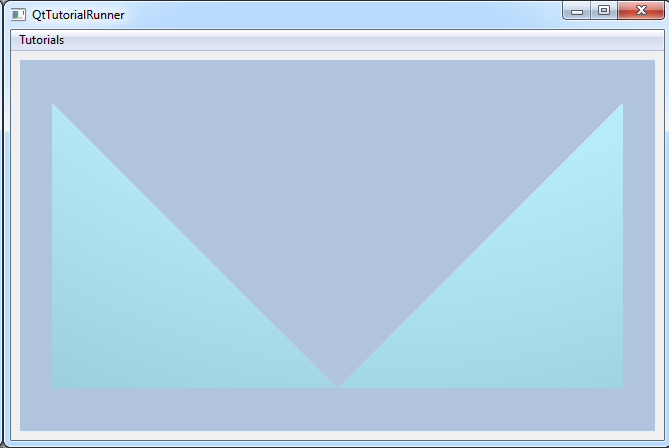 |
UnstructGrid: Simple Model with Two Triangles Shows how to create your own part and to use it in a model. The geometry is a very simple structure containing two triangles only. |
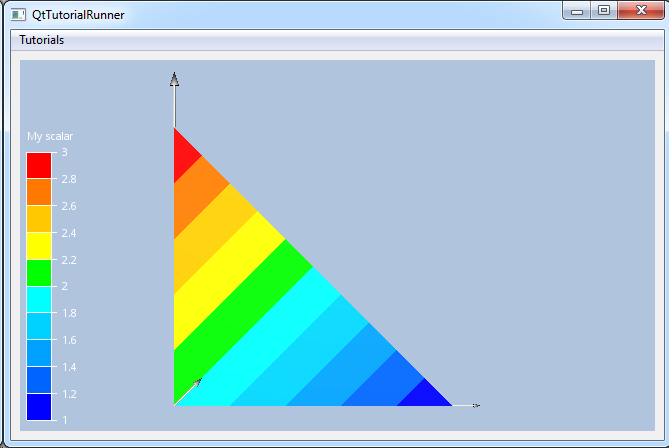 |
UnstructGrid: A Simple Model with Results Shows how to build an UnstructGridModel geometry, part and results. The geometry is a very simple structure containing a single triangle and a scalar result mapped as fringes, a vector result and a displacement result. |
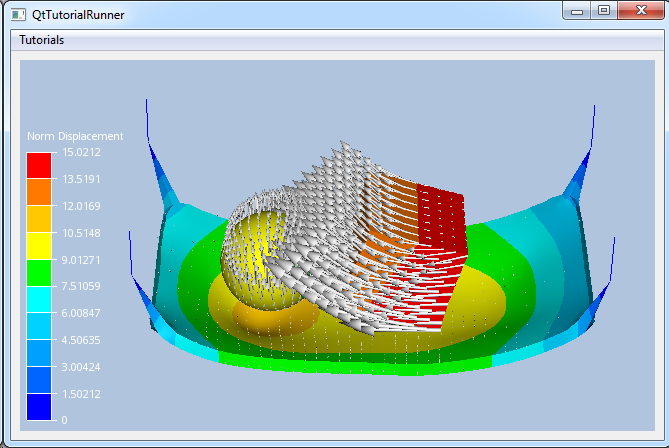 |
UnstructGrid: Load Model from File and Set Up Model Specification Shows how to create a data source by loading a VTFx file and how to setup a model specification |
 |
UnstructGrid: Create a Cutting Plane with a Scalar Result as Fringes Shows how to create a cutting plane and show a scalar result mapped as fringes to the surface. |
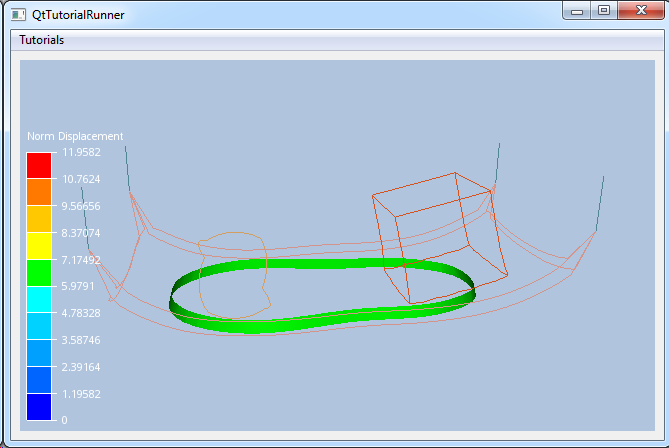 |
UnstructGrid: Create an Isosurface Shows how to create an isosurface based on a scalar result id and a scalar value. |
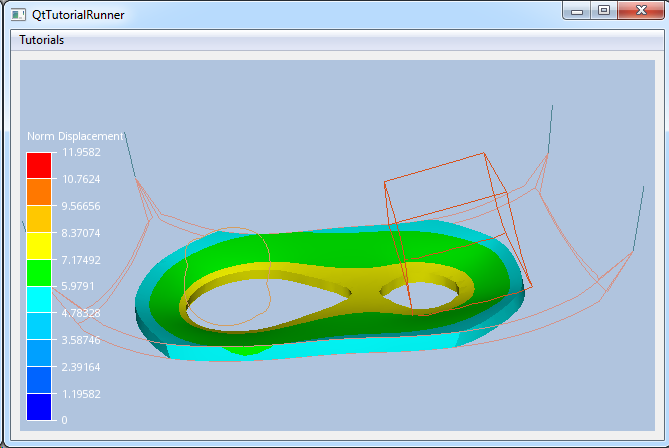 |
UnstructGrid: Create an Isovolume Shows how to create an isovolume based on a scalar result id and a maximum and minimum scalar value. In addition, the scalar result will be shown as fringes on the isosurface. |
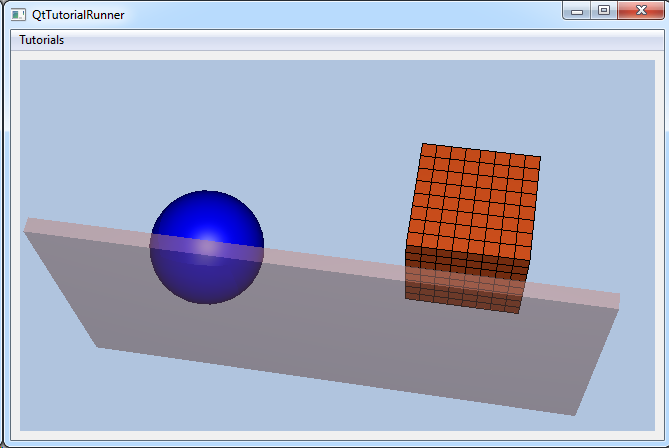 |
UnstructGrid: Apply Part Settings to a Model Shows how to apply some part settings to parts in the model. (Part 1: Set invisible, Part 2: Set color to blue, Part 3: Set draw style surface mesh, Part 4: Set opacity) |
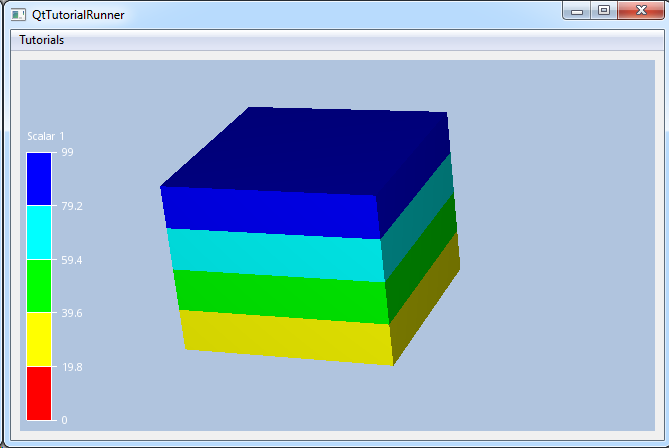 |
UnstructGrid: Set Scalar Settings on a Loaded Model Shows how to change scalar settings for visualized result. |
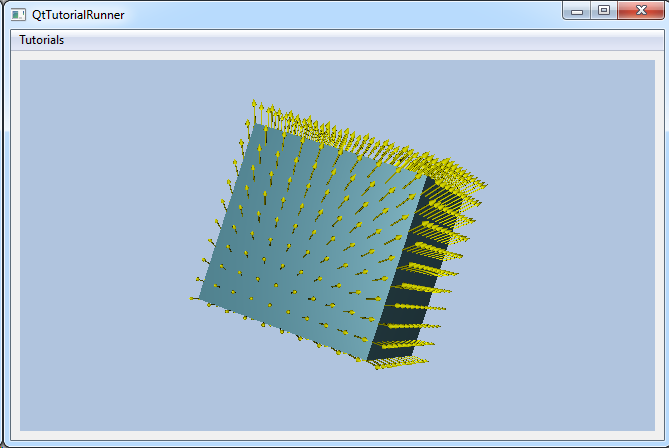 |
UnstructGrid: Set Vector Settings on a Loaded Model Shows how to change vector settings for visualized result. |
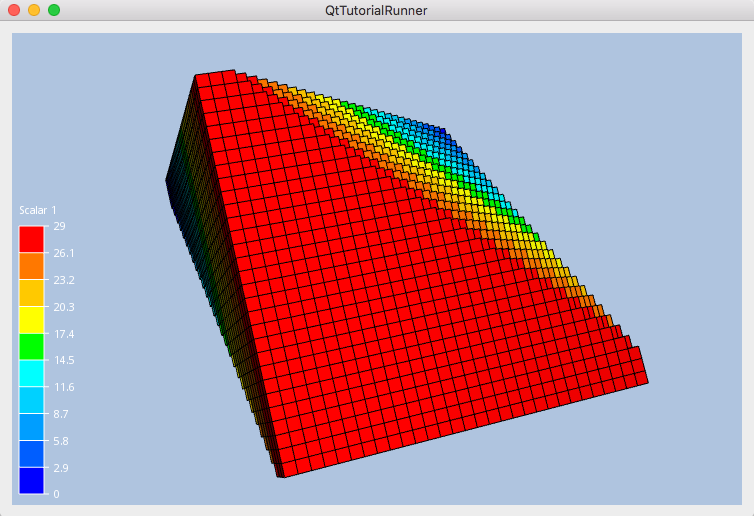 |
UnstructGrid: Using DataElementSets to Filter the Model Shows how to use DataElementSets to filter the model by specifying which elements that are visible. |
 |
UnstructGrid: Create a Custom DataReader to Add Support for Your File Format Shows how to get your own analysis results into the UnstructGridModel by creating a DataReader. It is a very simple reader that returns one hexahedron element with one scalar, one vector, one displacement and one transformation result, but it will work as a starting point for building your own file reader. |
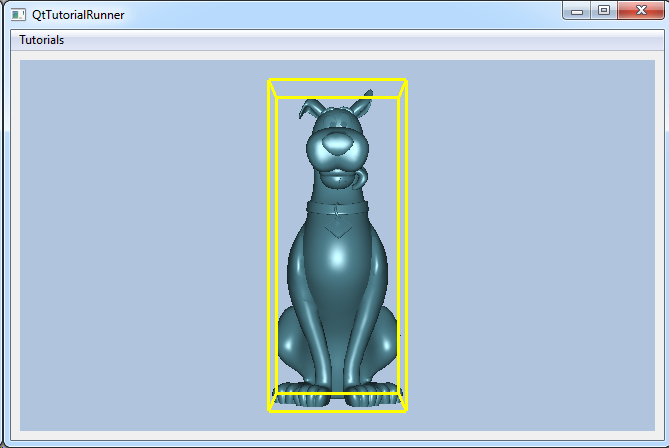 |
Visualization: Draw Bounding Box Using Markup Model Shows how to create a data source by loading a VTFx file and drawing the models bounding box as a markup model. |
 |
Visualization: Create a Custom Navigation Handler to Support a Custom Navigation Scheme Shows how to create a custom navigation scheme by subclassing the cee::vis::CameraInputHandler. |
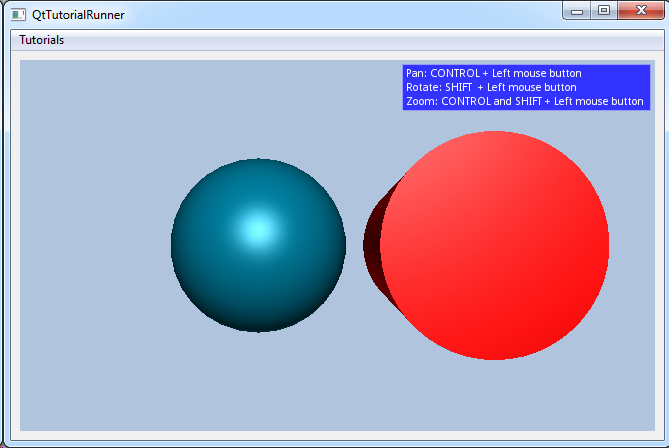 |
Geometry: Highlight Clicked Parts Shows how highlight parts as a response to a mouse press event. |
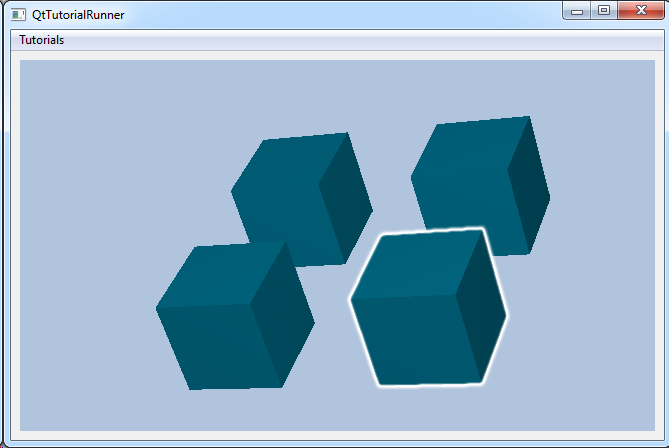 |
Geometry: Create a Geometry Model Shows how to create a geometry model with different parts and effects. |
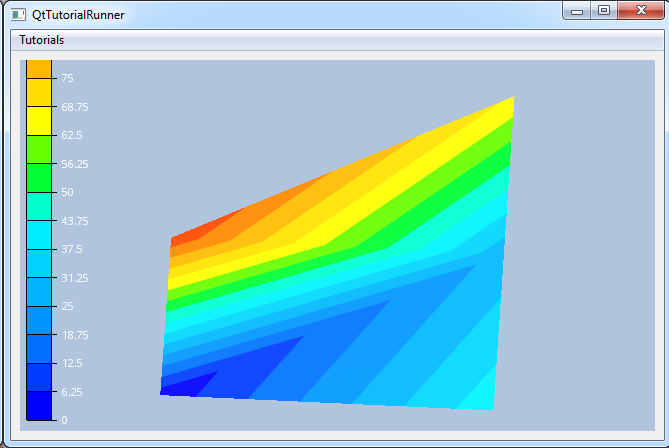 |
Geometry: Create a Geometry Model with Texture Shows how to create a geometry model using the texture effect to show a scalar result. |
 |
Geometry: Create a Geometry Model with Texture Shows how to create a geometry with geometric primitives like spheres, boxes and cylinders. |
 |
Report: Create a Simple Word Report with a 3D Model Shows how to generate a Word report containing a 3D model. |
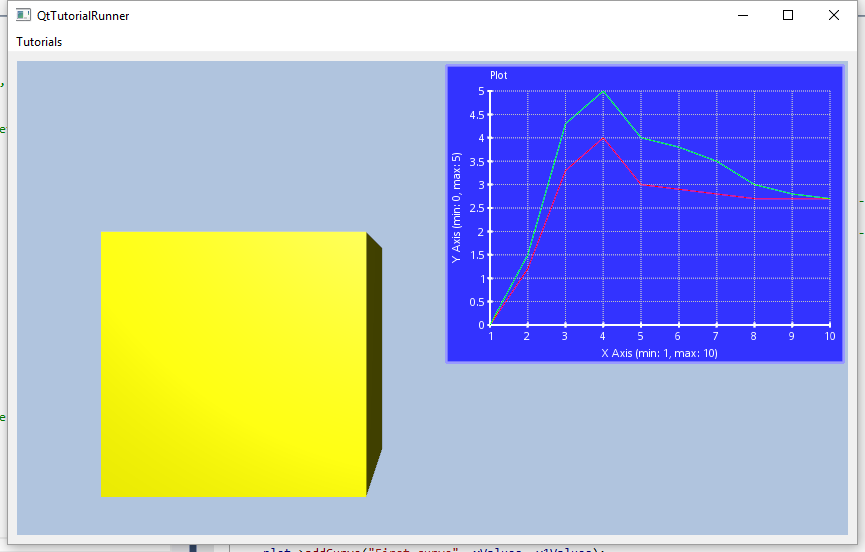 |
Plot2d: Create a Simple Overlay Plot Creates a basic 2D plot and shows it as an overlay item in the view. |

